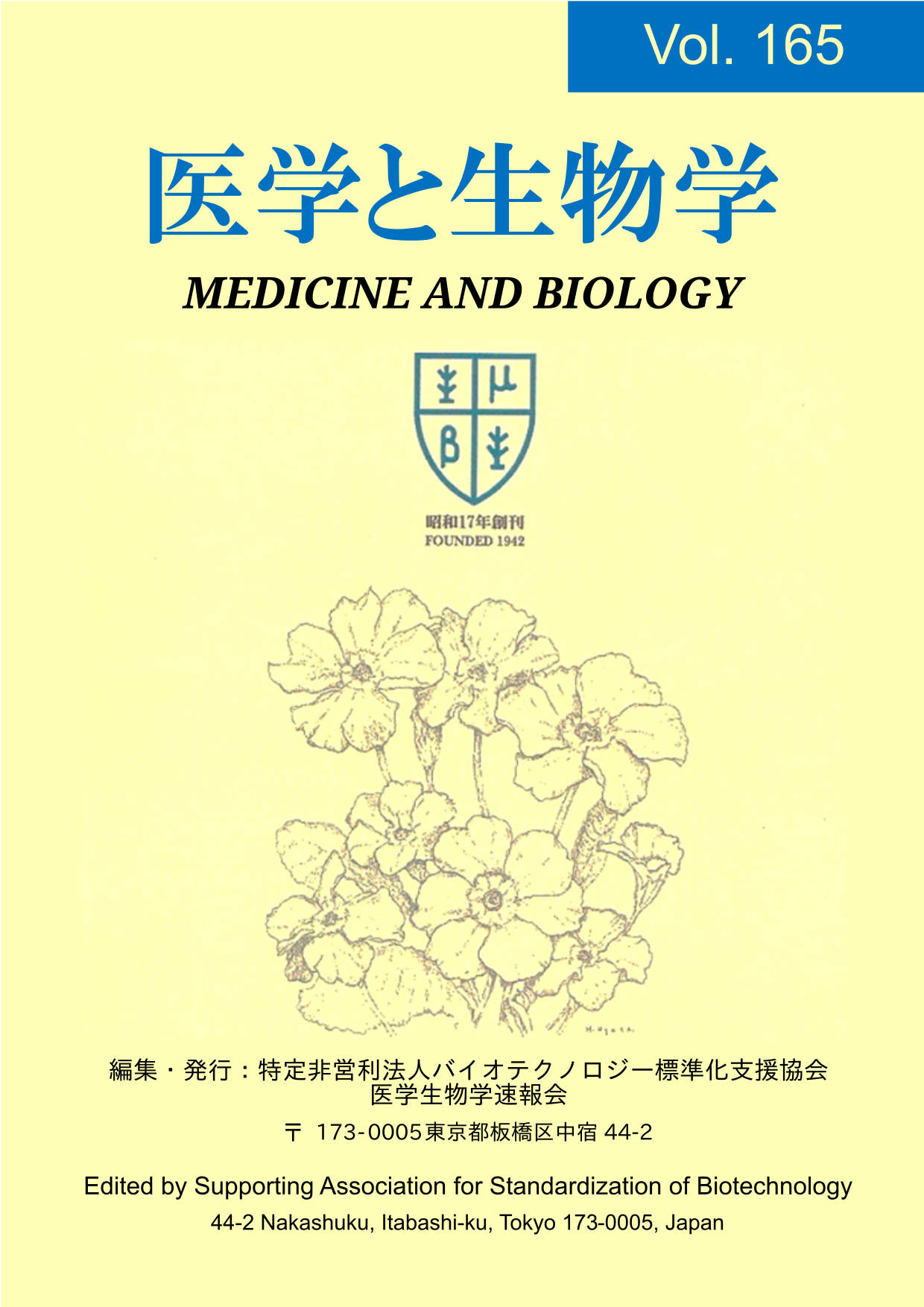Fact-finding survey on the carrying of quick-drying hand sanitizer during clinical practice of nursing students
Keywords:
Clinical Practice, Nursing Students, Hand Hygiene, nfection Prevention, Quick-Drying Hand SanitizersAbstract
We clarified the awareness, timing, and usage of quick-drying hand sanitizers among nursing students during clinical practice at University A and compared the usage amounts by academic year. We clarified the awareness, timing, and usage of quick-drying hand sanitizers among nursing students during clinical practice at University A and compared the usage amounts by academic year.
The study aimed to clarify the awareness, timing, and usage of quick-drying hand sanitizers among nursing students during clinical practice and to compare the usage amounts by academic year. The subjects were 125 first-year students, 121 second-year students, 118 third-year students, and 118 fourth-year students.
As a result, an average of 99.4% of students answered that carrying quick-drying hand sanitizers became a “trigger” to strongly emphasize hand hygiene. No students answered that it did not become a “trigger.” Apart from “cleaning up after handling waste,” 53.8% to 76.9% of students reported performing hand disinfection “before and after” care. On the other hand, no students performed hand disinfection “during” care only, but 5.1% to 28.2% performed it “after” care only. Additionally, the average daily usage amount of hand sanitizers among the target students was 8.8 ml/day, with a minimum of 0.2 ml/day and a maximum of 30.4 ml/day.
Carrying quick-drying hand sanitizers is considered effective as it leads to the prevention of contact infections and serves as an opportunity to reassess the role and value of hand hygiene. Furthermore, to further improve the implementation of hand hygiene during clinical practice, it is important for teachers and instructors to engage with students so that students in each academic year can become role models and providers of hand hygiene knowledge and skills to each other.


